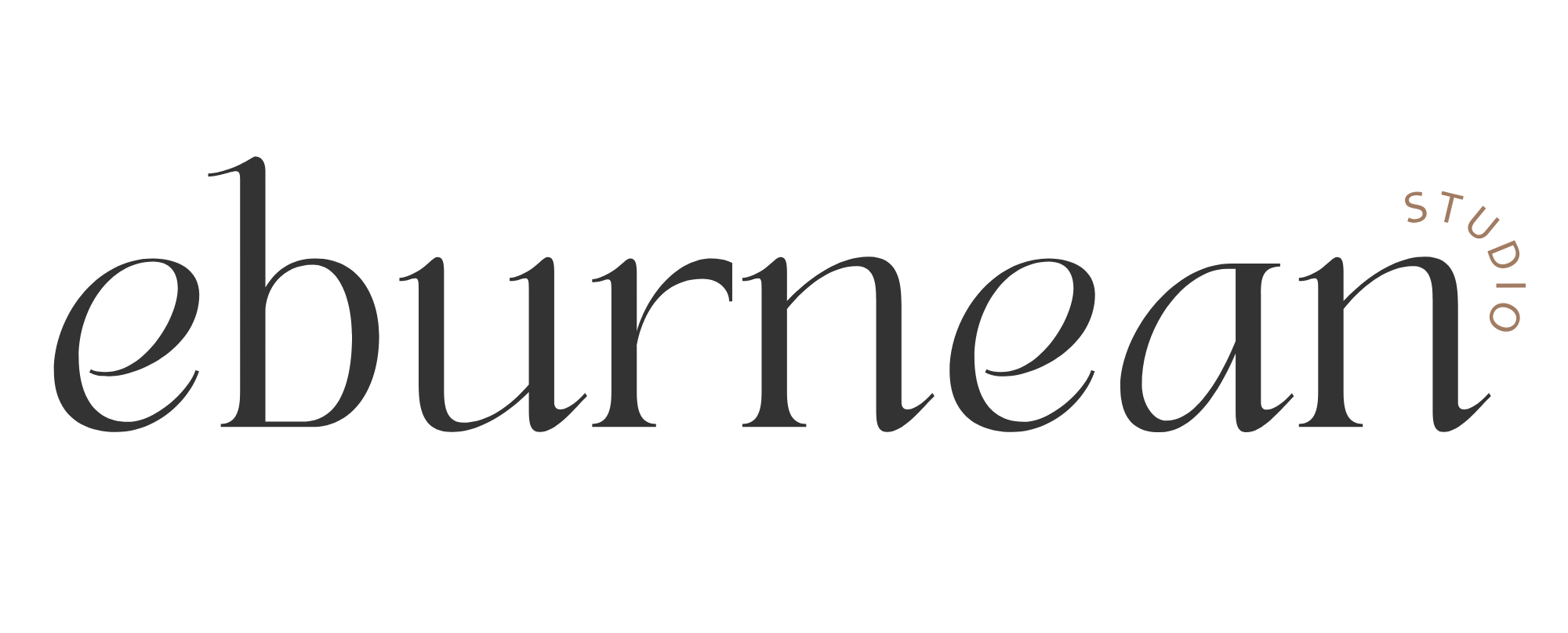A well-thought-out brand identity begins with a versatile logo. While a single design might seem sufficient, creating multiple variations of your logo ensures that your brand maintains consistency across various platforms and applications. Here’s a breakdown of the four essential logo variations every brand should have and why they’re important.
What’s a Logo Variation?
A logo variation doesn’t mean creating wildly different designs for your brand’s logo. Instead, it refers to rearranged versions of your primary logo that give your brand the flexibility to maintain a consistent and recognizable presence across various platforms and placements.
Every brand needs a cohesive set of logo designs tailored to different uses, ensuring they remain visually aligned with the overall brand identity.
For instance, if your primary logo is a bold, horizontal design, how would it fit as a social media profile photo? What about a compact favicon for your website? And if you only have a small circular logo, what would you use for your business cards or header banners? Get me?
Logo variations adapt your brand’s design to different sizes, layouts, and formats without losing its essence. To keep your brand looking polished and professional everywhere, you’ll need at least four essential logo variations.
Let’s explore these variations and why they’re indispensable for a strong brand identity.

Primary Logo: The Hero of Your Brand
The primary logo is your brand’s centerpiece. It’s the full version of your design, typically featuring all key elements, such as text, icons, and any taglines.
Usage:
- Website headers
- Business cards
- Brand packaging
Why It’s Important:
This logo represents your brand at its most detailed and complete. It is the version that establishes your identity and communicates your message in full.
Secondary Logo: Adaptability at Its Best
The secondary logo is a simplified variation of your primary logo. It might rearrange elements (like moving text to fit a vertical layout) or reduce details for better readability in smaller spaces.
Usage:
- Social media posts
- Print materials
- Smaller website graphics
Why It’s Important:
Certain platforms or materials require a compact version of your logo. A secondary logo ensures that your brand remains recognizable while adapting to spatial constraints.


Submark or Icon: Small but Mighty
The submark is the minimalist version of your logo—typically just an icon or a symbol. It’s perfect for areas where space is limited but branding is essential.
Usage:
- Profile pictures
- Favicons
- Watermarks
Why It’s Important:
A well-designed submark ensures your branding stays visible, even in the smallest spaces, without compromising the essence of your identity.
Black-and-White Version: Simplicity for Versatility
Colors are an integral part of branding, but there are times when a logo needs to work in monochrome. A black-and-white version is crucial for maintaining clarity and impact when color printing isn’t an option.
Usage:
- Embroidery
- Newspaper ads
- Grayscale prints
Why It’s Important:
This version ensures your logo remains effective regardless of medium or printing limitations, maintaining professionalism and readability.

Final Thoughts
Having multiple logo variations provides your brand with the flexibility to stay consistent across all platforms. Each variation serves a unique purpose, allowing you to adapt without diluting your identity.
Investing in a versatile logo suite ensures that no matter where your brand appears—be it a website, a billboard, or a social media post—it leaves a lasting impression.
Think of logo variations as tools in your branding toolbox. Together, they ensure that your brand identity stays polished, cohesive, and versatile in every scenario. If you’re starting your branding journey, consider these variations a must-have for long-term success.


